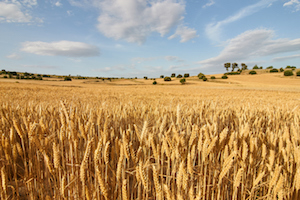As producers across Nebraska come across wheat stem sawfly damage more often, University of Nebraska-Lincoln Entomologist Jeff Bradshaw is shedding light on what is propelling the issue this growing season.
Bradshaw notes that he received several calls in July from wheat growers who had decent stands of wheat at flowering, only to find fallen tillers come harvest time. He notes that this is a tell-tale sign of what stem sawfly damage, and far more acres were impacted in Kimball, Cheyenne, Garden, and Deuel Counties than ever have been in the past decade.
The wheat stem sawfly is a native insect that naturally infests cool-season grasses, although it prefers wheat the most. Tillage may not be a “go-to” treatment for sawfly control, notes Bradshaw, but it may be effective as a “rescue treatment” for infestations.
Overall, Bradshaw recommends growers plant a resistant variety of wheat. While some varieties like Bearpaw, Judee, and Warhorse have solid-stem based resistance to the wheat stem sawfly, they are not well-adapted for Nebraska. However, new varieties, such as Fortify, may have resistance and be better adapted for the region. Growers can also plant a non-host crop to reduce the survival rate of wheat stem sawflies.
In general, waiting it out may simply be the best option for growers. Over the past few years, one or two parasitoids have been established in some wheat fields. As time goes on, these parasitoids will likely spread across the state.
More information on the wheat stem sawfly can be found on the University of Nebraska-Lincoln CropWatch website.
